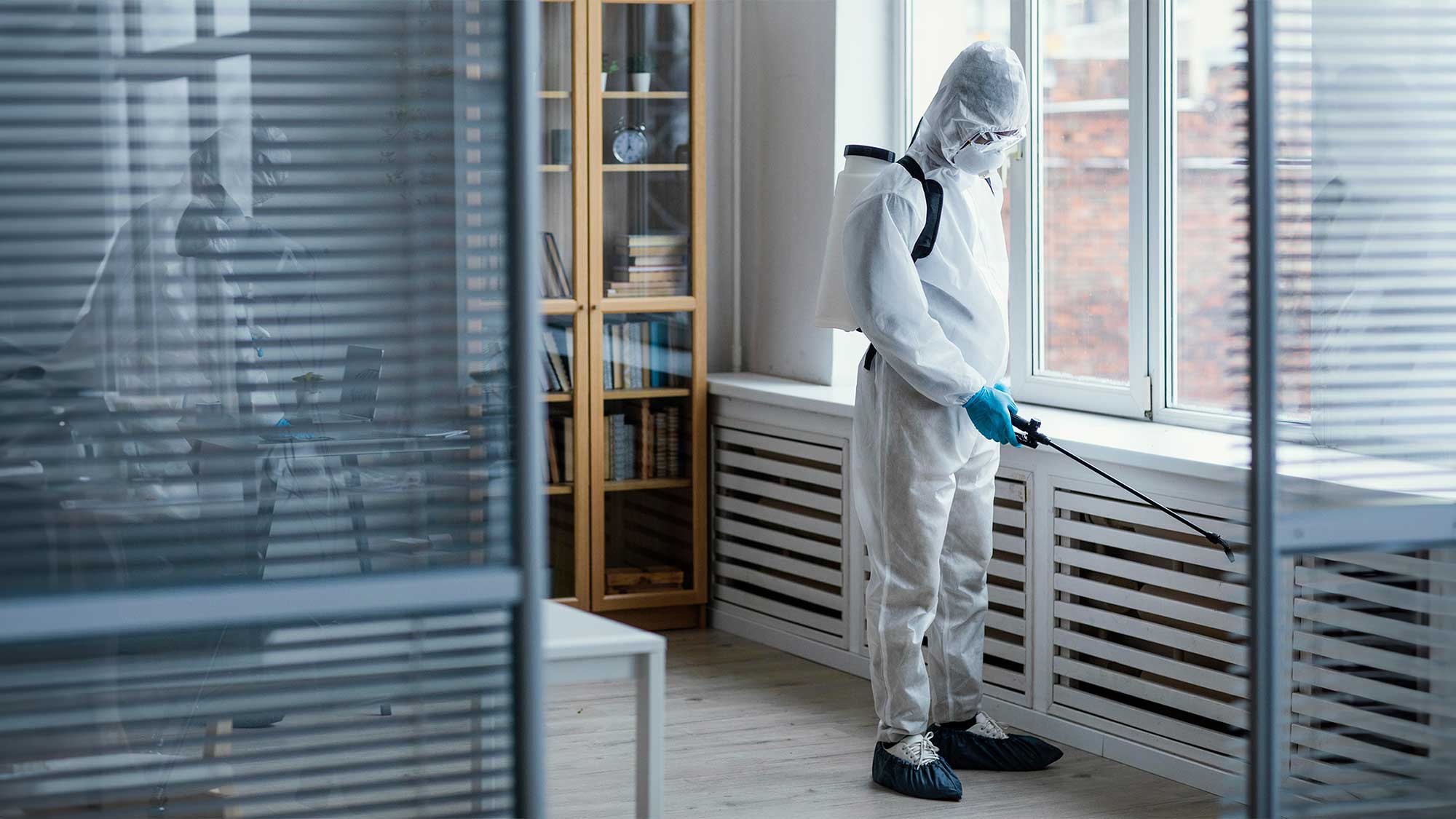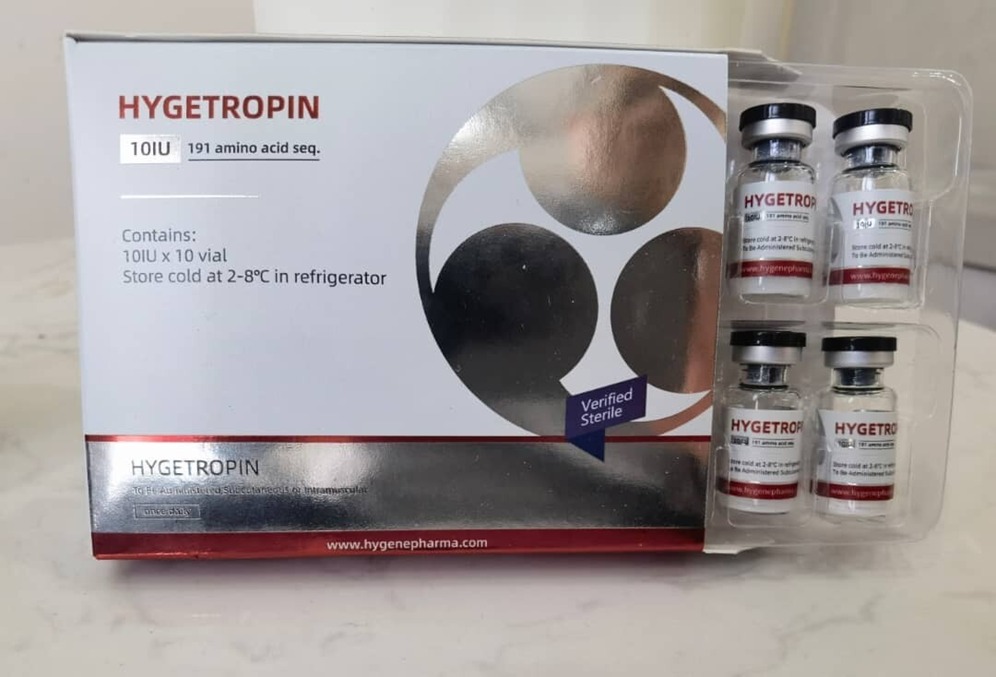Protect Your Home and Health with Mold Testing

Mold is a common problem that many homeowners face. It can affect the health of your family, damage your home, and even decrease its value. The best way to protect your home and health is through mold testing. In this blog, we will discuss the importance of mold testing, how to identify signs of mold, the process of mold testing, interpreting mold testing results, taking action with mold remediation, prevention techniques to keep your home mold-free and why regular mold testing is essential. We will also touch on how often you should test for mold in your home. Don’t wait until it’s too late! Learn how to protect your home and family today.
The Importance of Mold Testing
Identifying hidden mold problems is crucial. Professional testing determines extent of growth and ensures indoor air quality. Prevent property damage and reveal dangerous levels of mold.
Risks of Ignoring Mold in Your Home
Ignoring mold risks the integrity of your home’s structure and can lead to costly remediation efforts. Additionally, untreated mold poses serious health risks and compromises indoor air quality, highlighting the importance of addressing mold issues promptly.
Impact of Mold on Health
Mold exposure may result in respiratory issues and allergic reactions. Additionally, it is linked to health effects such as asthma and can trigger symptoms in individuals with mold sensitivities, causing skin irritation and other health problems.
Identifying Signs of Mold
Visible mold growth serves as a clear indicator of mold presence, while musty odors and water stains on walls or ceilings may also signal its growth. Additionally, peeling or bubbling paint and warped walls or floors suggest moisture-related mold problems.
Visible Signs
Visible signs of mold encompass black, green, or white patches, often appearing fuzzy or slimy on various surfaces such as walls and ceilings. Discoloration of surfaces is a key indicator, suggesting an underlying moisture issue.
Smell and Other Sensory Indicators
A musty or earthy odor might indicate mold growth in the home, which could emit a damp, moldy smell. Unpleasant, persistent odors and sudden allergic reactions could signal mold problems, along with sensory indicators like itching eyes or a runny nose.
Understanding the Mold Testing Process
Professional mold inspection involves a comprehensive property assessment using advanced equipment to detect and collect air and surface samples for analysis. Identifying mold types and understanding the extent of mold issues are essential for effective testing.
Professional Inspection
Professionals visually inspect properties for mold growth using specialized tools, conduct moisture assessments, evaluate indoor air quality, and provide comprehensive reports on findings. Their expertise ensures a thorough and accurate assessment of mold presence.
Testing Kits
DIY home mold testing kits empower homeowners to sample and analyze potential mold growth. These kits come with clear sampling and testing instructions, allowing for the detection of mold in specific areas, thus aiding in the identification of potential mold issues.
Interpreting Mold Testing Results
Mold testing results reveal the types and levels of mold present, aiding in understanding severity and developing effective remediation plans. Understanding the results also helps address indoor air quality concerns and guide mitigation strategies.
Understanding Lab Reports
Interpreting detailed lab reports is vital for assessing mold severity and species, guiding effective remediation strategies, and evaluating associated health risks. Understanding these reports informs decisions for a targeted and efficient mold mitigation plan.
Levels of Mold and Their Implications
Different mold levels indicate varying contamination and health risks, guiding appropriate remediation measures. Higher levels suggest professional services, crucial for understanding mold-related health risks and developing targeted remediation strategies.
Taking Action: Mold Remediation
Addressing mold growth involves removal, cleaning, and prevention. Effective solutions target root causes, using advanced techniques. DIY methods suit small, isolated problems, aiming to restore air quality and eliminate health risks.
Role of a Professional Remediation Service
Professional remediation services encompass expertise in identifying and addressing mold issues, employing industry-standard practices for safe and effective remediation, and utilizing specialized equipment for thorough mold removal. Engaging professional services ensures comprehensive mold remediation, adhering to safety protocols and regulations.
DIY Remediation Techniques
DIY methods for mold cleanup involve using everyday items for small-scale mold removal, requiring proper safety precautions and ventilation. Homeowners need to adhere to recommended guidelines for effective and safe DIY mold remediation.
Prevention: Keeping Your Home Mold-Free
Regular maintenance of plumbing systems is crucial for controlling indoor moisture levels, while proper ventilation and air circulation contribute to mold prevention. Keeping indoor surfaces clean and dry and promptly addressing water leaks are effective mold prevention strategies.
Regular Cleaning and Ventilation
Proper maintenance and regular cleaning are crucial in preventing mold growth and improving indoor air quality. Adequate ventilation and air circulation effectively reduce moisture levels, inhibiting the development of mold. Implementing consistent cleaning routines minimizes indoor mold spores, contributing to overall indoor air quality and mold control.
Controlling Moisture in the Home
Proper maintenance of HVAC systems and dehumidifiers is essential for effective moisture control and preventing mold growth. Identifying and addressing sources of excess moisture is crucial, along with monitoring indoor humidity levels and condensation to create an environment that minimizes mold risks.
Why is Regular Mold Testing Essential?
Regular mold testing is essential for early detection of mold growth and related health risks. It provides insights into indoor air quality and potential mold contamination, supporting proactive remediation and prevention measures. Periodic testing helps identify hidden mold growth, while understanding the results guides homeowners in implementing necessary precautions.
Early Detection and Intervention
Timely identification of mold growth aids in quick remediation, reducing health hazards. Detecting mold early prevents widespread contamination and damage, supporting effective control. Early intervention through mold testing maintains a healthy indoor environment, preventing extensive problems.
Maintaining a Healthy Living Space
Understanding the health and property risks associated with home mold. Importance of early mold testing. Choosing an experienced mold testing air quality company in Russell. Preventing and minimizing mold growth. How to address mold discoveries, including professional remediation options.
How Often Should You Test for Mold in Your Home?
Mold testing frequency varies based on factors like home age and location. In humid environments, it’s recommended to test annually. If you notice mold growth or water damage, immediate testing is necessary.
Conclusion
In conclusion, mold testing is crucial for protecting your home and your health. Ignoring the presence of mold can lead to severe damage to your property and adverse health effects. It is important to be aware of the signs of mold, such as visible growth and musty odors, and to take immediate action if you suspect its presence. The mold testing process involves professional inspection or using testing kits to identify the type and level of mold in your home. Interpreting the testing results, understanding lab reports, and knowing the implications of different mold levels is essential for taking appropriate remediation measures. Regular mold testing is necessary for early detection and intervention, as well as for maintaining a healthy living space. Consider scheduling mold testing for your home regularly to ensure that you are proactively preventing any mold-related issues.





